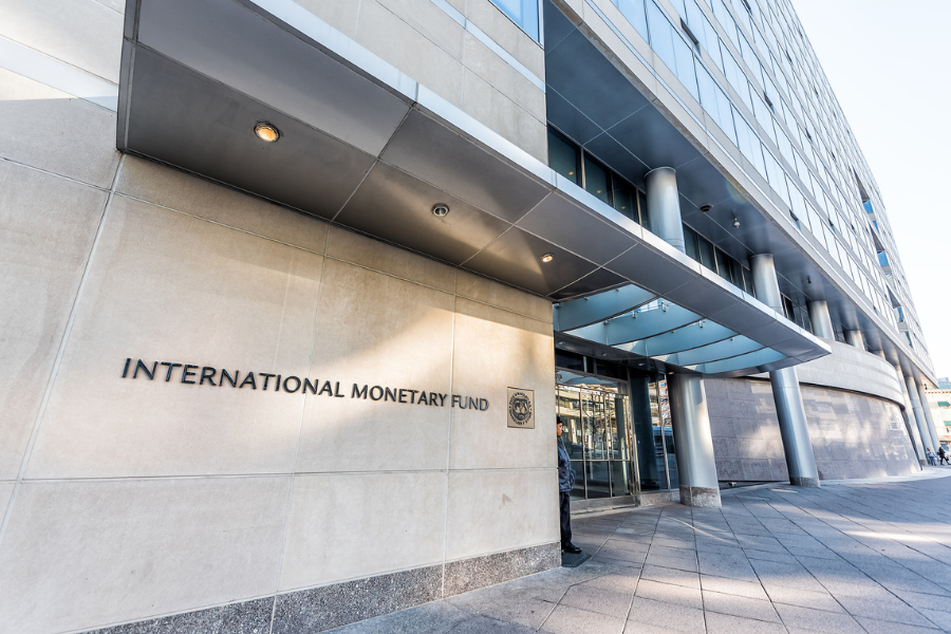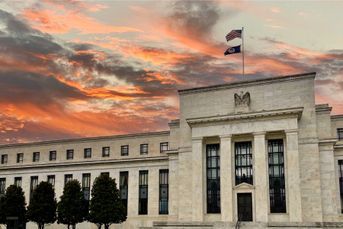IMF says US Treasuries dynamic is ‘very unfavorable’

It says US fiscal path is unsustainable and forecasts ongoing debt growth.
The forces underlying the Treasury debt market are extremely adverse as the US is on an unsustainable fiscal path, a senior International Monetary Fund official said.
“US deficits are elevated and they’re projected to be persistent,” said Vitor Gaspar, director of the IMF’s Fiscal Affairs Department. “Under unchanged policies, debt dynamics in the US are very unfavorable.”
Yields on Treasury securities have surged in recent weeks to the highest in more than 15 years, partly on concerns about burgeoning budget shortfalls, though they pared gains this week amid conflict in the Middle East and more dovish remarks by Federal Reserve officials.
The US is forecast to post a fiscal deficit of around 6% of gross domestic product this year, even though the economy is expanding and unemployment is low. The Congressional Budget Office expects similar-sized shortfalls to persist throughout the coming decade. Polarization in Washington has made it hard for politicians to agree on deficit-trimming measures like spending cuts or tax increases.
While Gaspar said he doesn’t see any financing risks in the Treasury market in the foreseeable future, he warned that “the perpetuation of current policies entails an unsustainable fiscal path.”
The IMF forecasts that US public debt will grow at a rate of two to three percentage points per year as a share of economic output over the medium and long term, Gaspar said. US general government debt was 121% of gross domestic product last year, according to the Fund.
‘SYSTEMIC’ RISK LOW
The US is not alone in facing a challenging fiscal situation.
“Global public debt is now substantially higher, and it is projected to grow considerably faster than in pre-pandemic projections,” Gaspar said. “Government interest expenses on budgets are going to increase over time.”
Still, he said, the IMF’s assessment is that “the risk of a ‘systemic’ wave of sovereign debt defaults remains low.”
The Fund forecasts that global public debt will be approaching 100% of GDP by the end of the decade — near where it was in the first pandemic year of 2020, before rapid growth and surging inflation lowered the burden. The global debt ratio stood at 92% at the end of last year.
Fiscal restraint is needed in many countries to help build buffers to deal with future crises and to contain potential financing risks, Gaspar said. A tighter fiscal stance would also be helpful in reducing inflation to central bank targets, he added.
Like the US, China is on an unsustainable fiscal path, according to Gaspar. But also like the US, “immediate financial pressures are absent,” he said.
If not for the US and China, world public debt would be on a declining rather than a rising path as a share of global GDP, according to Gaspar.
The IMF official’s comments came in an interview with Bloomberg and in written and spoken remarks related to the release of the Fund’s Fiscal Monitor on Wednesday.
Learn more about reprints and licensing for this article.








